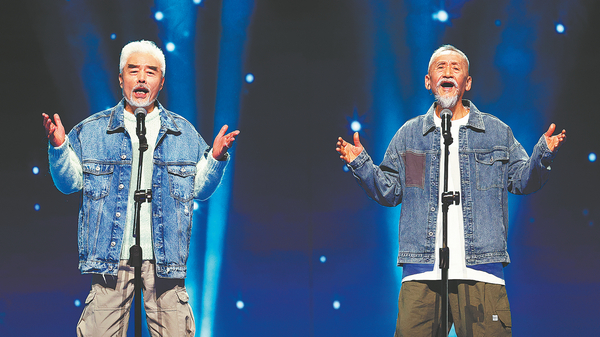

According to Tang, the number of ordinary people invited to perform on the show is the largest this year since the annual gala made its debut in 2011.
"These ordinary young people and vloggers are representatives of cyberspace. Viewers can get a glimpse of young people's life," Tang adds.
Elements popular among the country's youth such as "China chic" (or guochao, featuring fancy designs mixed with elements from traditional culture), street dance, hip-hop music and technology were weaved into different segments of the program. For example, traditional art forms such as Peking Opera mixed with pop songs and technology of augmented reality were used to present dancers mimicking the work process of master calligrapher Wang Xizhi and his son, Wang Xianzhi, from the Eastern Jin Dynasty (317-420).
"Young people's focus changes every year. We try our best to present them through the galas. Sometimes, we also notice their special feelings," says Yu Miao, 33, co-producer of the gala.
He adds that a singing section of the program used the words, "let's dance tonight and leave troubles to tomorrow" to encourage the youth to relax a bit.
Yu's team was also made up of young people. They spent half a year on preparations for the year-end show. To better understand young people, they often went to campuses to talk with college students, carried out surveys and brainstormed with young people.
The theme of the gala has been "happy and new beginning" since the past three years. And, this year, with the end of the optimized COVID-19 control policies, the theme seemed to match many people's moods.
"We are all eager for a new beginning, see changes and expect a good life after the pandemic. The coming year is full of hope," says Yu.